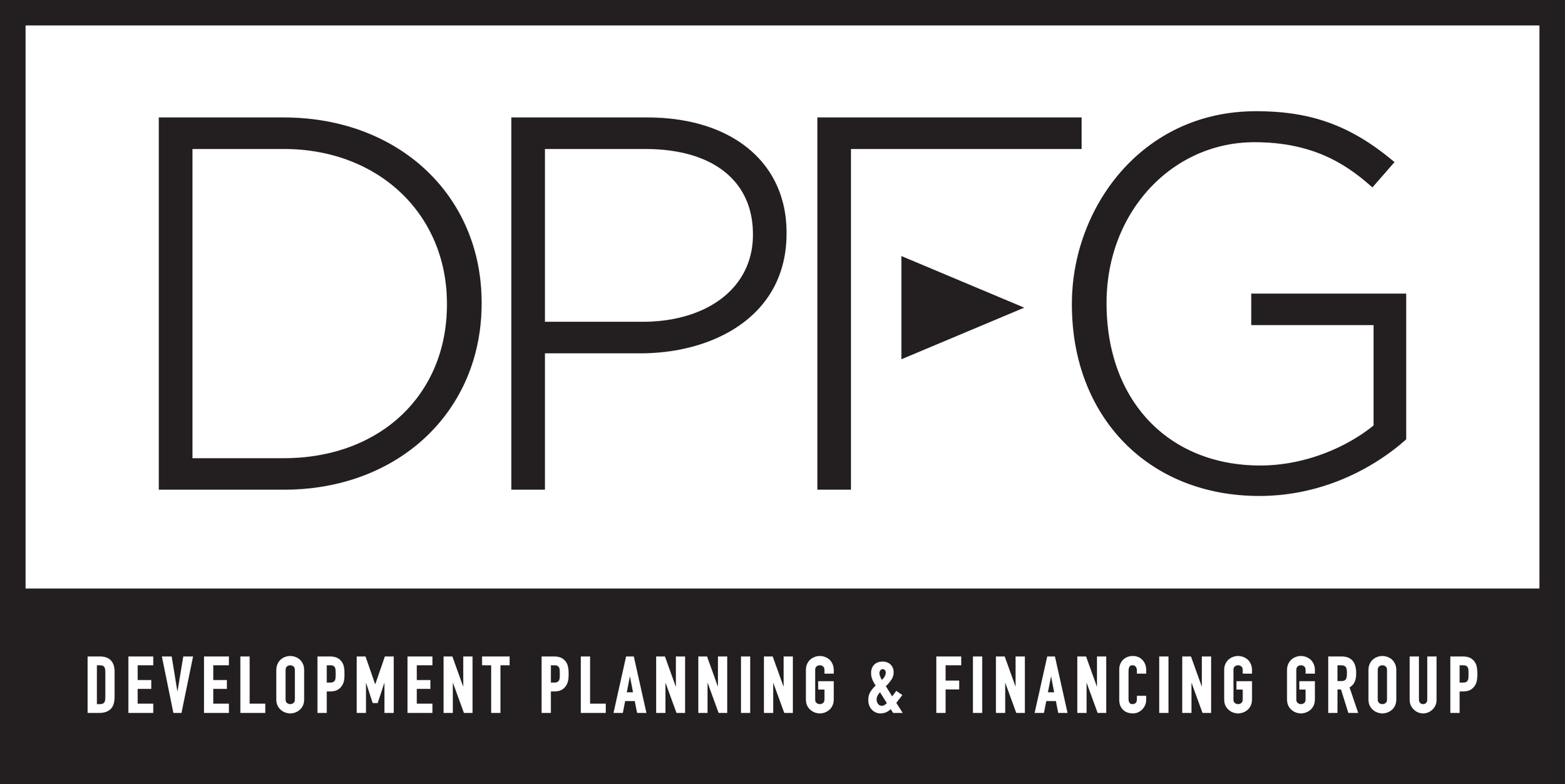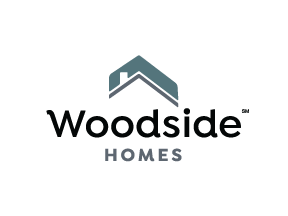Photo by Greyson Joralemon on Unsplash
by Phillip B. Burum, DR Horton,
President, Building Industry Association (BIA) Baldy View Chapter
In April, Americans celebrate National New Homes Month. The focus of this celebration extends beyond the home itself as new home communities have a far greater reach, including positive impacts to the local environment and the region at large. Although most recognize that population growth and ‘rooftops’ are a key building block for sustaining local economies, many do not fully understand the positive financial impact of new home communities.
Jobs lead to housing and housing leads to jobs. According to the most recent reports by the National Association of Home Builders (NAHB), California tops the nation in employment of residential construction workers— on average, more than half a million California residents are employed in new home construction. Construction workers include: electricians, plumbers, carpenters and all the other workers who contribute to preparing the land and building the home.
Today’s home builders offer the most highly-trained and sophisticated workforce in history but, to truly understand the impact of housing on job growth, we need to look beyond the direct construction industry. Construction jobs offer some of the most attractive job multipliers (a term used by economists and planners to forecast how many additional jobs a single job will support). It is generally estimated that a single construction job will support between seven and nine additional jobs in housing related industries, including those that provide support services and building materials.
Homebuilders and homebuyers alike contribute to these job multipliers. For the homeowner who needs new furniture and appliances to the homebuilder who needed an engineer and architect, homebuilding touches nearly all facets of our local economy. Goods movement and storage, food service and retail all benefit from increases in construction activity.
In addition to the jobs created during the design and construction phases, these new homes will attract and sustain the population that provides the spending and labor pools that are necessary to keep a local economy strong and viable. The taxes paid by these homeowners, through retail purchases, account for the bulk of the revenues needed by cities to provide critical services such as public safety.
It can take a new home community up to a decade to progress from the land planner’s blue print vision to an actual constructed home that is ready to occupy. The plans evolve over time through countless reviews by the local governing agency, community leaders and neighbors of the future community. This rigorous design review process includes evaluating how the planned development will impact the existing community and the entire development will be conditioned to mitigate any possible impacts.
The specific design of new streets and utility infrastructure, along with any public amenities that will be part of the new community will all need to come together before the first shovel hits the ground. City or county building inspectors, soils engineers, land surveyors, insurance inspectors, cultural resource consultants and, in many cases, Native American observers, all ensure that the new community is properly constructed and respectful of the environment in which it is being constructed.
Most new homes constructed today are within communities where the builders will not only build the houses, but all the necessary infrastructure to support that community such as parks, schools, libraries, sidewalks and streets. Because these communities are designed in conjunction with local public safety and environmental authorities to the highest possible standards; and because undeveloped land often creates a burden on local public safety due to threats of wildfire, floods and other natural disasters; today’s new home is the most environmentally-friendly ever built.
All of the professional services and industries described above are at least in part, dependent upon the home building industry. No new homes, no new jobs. It is actually that simple in our region.
The next time you hear of a new home community proposed in or near your backyard, take a few minutes out of your day to let your local agency officials know that you support new housing in all shapes and sizes. The most important benefit of a new home is the safety and security it will provide for its owner but, the overall economic impact cannot be overlooked. A recent study by Cal State San Bernardino indicated that, if San Bernardino met only fifty percent of the current demand for housing, the impact to the regional economy would exceed two billion dollars.
I, for one, am in favor of adding billions to our economy and hope that you will do what you can to support that effort. For more information of housing advocacy or what you can do to support the approval and construction of more homes, visit the BIA on the web at www.biabuild.com.
*****

































